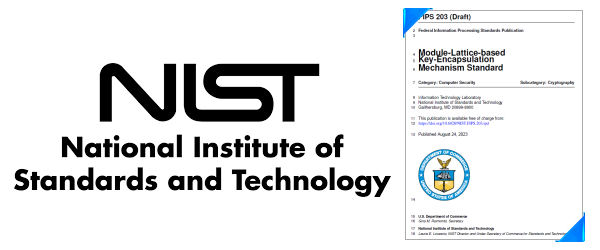 The extraordinary computational power of quantum computers makes them a double-edged sword. While they have the ability to optimize communication, medicine research, and artificial intelligence, their dark side can completely nullify all encrypted data, leading to unethical and disruptive changes in the future.
The extraordinary computational power of quantum computers makes them a double-edged sword. While they have the ability to optimize communication, medicine research, and artificial intelligence, their dark side can completely nullify all encrypted data, leading to unethical and disruptive changes in the future.
As a consequence, agencies have started making efforts to update cryptographic inventory and prioritize systems in hopes of migrating towards post-quantum cryptography (PQC) standards. US federal agencies have estimated that the transition to PQC will cost up to 7.1 billion dollars. But this is only an estimate. The price will most likely increase as quantum computers are developed and become more sophisticated.
This migration necessitates the identification and replacement of numerous systems that are incompatible with PQC algorithms, especially the older devices with embedded cryptographic algorithms. Cryptographic networks are interconnected. So if one system fails in its migration, others will be unable to migrate either.
To expedite this transition, the National Institute of Standards and Technology (NIST) has standardized 3 strong PQC algorithms: FIPS 203, FIPS 204, and FIPS 205. These algorithms present businesses with three robust PQC solutions.
FIPS 203 and FIPS 204 utilize a lattice-based algorithm, where the lowest common multiple amongst several numbers is represented as a vector within a lattice. This structure is versatile and efficient, capable of executing both general encryption and digital signature algorithms.
On the contrary, FIPS 205 employs a hash-based algorithm that specializes in digital signature and verification. While it is not as flexible as the lattice-based algorithm, it has been “time-tested” for significantly longer (close to 50 years). The fact that no proven theory can crack its encryption is indicative of its strength.
As we embark on a new chapter in the course of our history, we must realize our responsibility in dictating our fate during this quantum shift. By proactively mitigating the potential harm posed by quantum computers, we can harness the fortes and revolutionary discoveries that this technological phenomenon elicits.
To achieve this goal, we must prepare to sacrifice money, time, and effort in order to integrate PQC standards into our everyday lives. By refusing to act, we leave our digital world vulnerable to quantum threats that could completely rupture our digital infrastructure, causing irreversible damage that no amount of money or time can repair.